Ready to emerge from hibernation? It's time to plan your first backpacking and camping trip of the season. Spring is a beautiful time to hike and camp, as nature is awakening, the trails are not too crowded, pesky bugs haven’t hatched yet, waterfalls are flowing and flowers are growing. Spring hiking can also be a tricky time to get out, with wet and unpredictable conditions that require careful preparation. Here are some backpacking tips to keep front of mind so you can excel right out the gates this season.


1. Know where to go backpacking:
Spring is renowned for its vibrant wildflowers and breathtaking waterfalls, making it an ideal time to explore a trail that showcases these natural wonders. In general, lower elevations tend to have milder temperatures, while higher elevations can experience more significant temperature changes and weather extremes. While these variables can certainly add to the excitement of the adventure, it's essential to be well-informed of these factors before heading out.
If you're headed into the mountains, double check that all the roads are open to your trailhead and find out what the snowpack is like. Depending on the winter snowfall, the snow may not melt enough in some areas until late in the season.


2. Check the conditions:
Spring weather can be unpredictable, and conditions can vary depending on location and elevation. Check with state or national park offices or reliable resources like The National Weather Service or Know Before You Go from the US Forest Service to learn about the conditions in the area where you're going.
Be aware that looking at the weather report for the town or trailhead you are going out of is not always a very good reflection of what it will be on the trail and as you increase or decrease in elevation. Be thorough and specific.


3. Prepare for changes in the trails:
Due to erosion from melting snow, fallen trees, missing trail markers, and flooding, the trails can be very different from their normality. Be prepared to climb over, under, or through obstacles. Expect the unexpected.
4. Don’t go too hard:
Be mindful of your fitness level when planning your trip, and consider that you'll be carrying more gear than usual for the unpredictable spring conditions. Plan a shorter, less challenging trip to work out the kinks before attempting longer hikes later in the season.

5. Bring the right hiking clothes:
Temperatures can change in an instant based on the time of day or wind direction. You may be in a t-shirt one moment and then a winter puffer the next. Be sure to pack the proper layer for the extra wide range of temperatures in spring.
Spring backpacking can be wet, and cotton clothing exacerbates the wetness, making it uncomfortable. Choose a wicking next-to-skin layer like bamboo, merino wool or synthetic fabrics that move moisture out. Layer puffy or fleece insulating layers and wear a waterproof/windproof shell for your outer layer. Gloves, long underwear, and beanies are all worth the extra weight. Bring more layers than you think you need because the temperature can drop quickly.

The sun is intense in the spring. Having a hiking hat, sun glasses, sunscreen, and a UV shirt will keep you from getting fried and your energy depleting These items are pretty much never a bad idea on any outdoor adventure.
6. Have the right gear:
Wet weather is a game changer. Hypothermia can be more of a problem in spring than in winter, as wet conditions make it easier to lose body heat. Make sure you stay dry with a lightweight backpacking towel and focus on gear that will keep you warm. An insulated sleeping pad combined with a warm synthetic down sleeping (which doesn’t clump when wet) or a feather down bag that is treated with waterproofing are perfect options.

For tent camping, be sure to choose a sturdy three to four season tent that can handle high winds and potential snowfall. If you're sleeping in a hammock, get a rain fly and bring a sleeping pad or underquilt to keep you warm.

Spring's cool weather and potential extra debris due to more water movement typically make water purification systems not as effective. Iodine tablets work, but they take longer and leave unwanted floaties behind. Pumps are great, but keep them warm to prevent them from freezing at night. Clear water that is moving more gently (but still moving) typically is easier to get and will move through your pump better. Avoid leaving your water bottle out overnight to prevent it from freezing. You can also heat up clean snow if it’s available.

Bring insulated drinkware to keep your fresh coffee hot or help your water from freezing over. The thermal mug and glacier bottle are perfect options for that.
There may still be some snowy sections, so be sure to bring crampons so you can grip and walk right over the snow. Walking over the snow is much easier than attempting to go around it in most cases. It’s also a lot of fun, but beware of sinkholes.

Bring sturdy treaded boots that are water resistant and come up above your ankle so you don’t get water, snow or mud in them easily. This also allows you to move through a wet trail less cautiously and more quickly. If it’s going to be really deep and wet, consider bringing leg gaiters for hiking.


Keep things dry with a waterproof backpack or a rain cover for your bag. Waterproof packing cubes can also be very handy. Cary a lightweight and fast drying towel to dry yourself and your gear off. Who knows you may even need it for an impromptu lake dip or getting soaked by a waterfall. Our adventure towels are designed to be ultra lightweight and versatile so you’ll be prepared for any journey.
Trekking poles not only save your knees (all the time), but they can save you a trip into the mud if things get slippery.
7. Make a Detailed Backpacking List:
It's essential to make a detailed list of all the items you need for your trip, including the little things that are easy to forget. Items such as headlamps, stove components, eating utensils, and water purification systems are some of the commonly forgotten items.


8. Bring extra food:
Your body requires more energy to regulate your body temperature in cold weather, which can leave you feeling hungrier than usual. By planning for additional calories, you can keep your energy levels up and stay nourished throughout your journey.

9. Be Mindful of Wildlife and the environment:
Spring is a significant time for plants and animals. Plants are just starting to spring up and many creatures are emerging from hibernation, searching for food, and caring for their young.
When it's time to pitch your tent, choose hard, durable surfaces to minimize your impact on the fragile new growth that emerges during the spring. If you're in bear country, use bear canisters and keep food away from your campsite to prevent unwanted encounters. Leave no trace by packing out all your trash.
With the right mindset and equipment, spring camping, hiking, and backpacking can be a highlight of your year. So prepare your gear, pack your bags, and hit the trails.
Thank you so much for taking the time to read this article! Which tip did you find the most interesting or helpful? Where are you backpacking or hiking this spring? Let us know in the comments below.
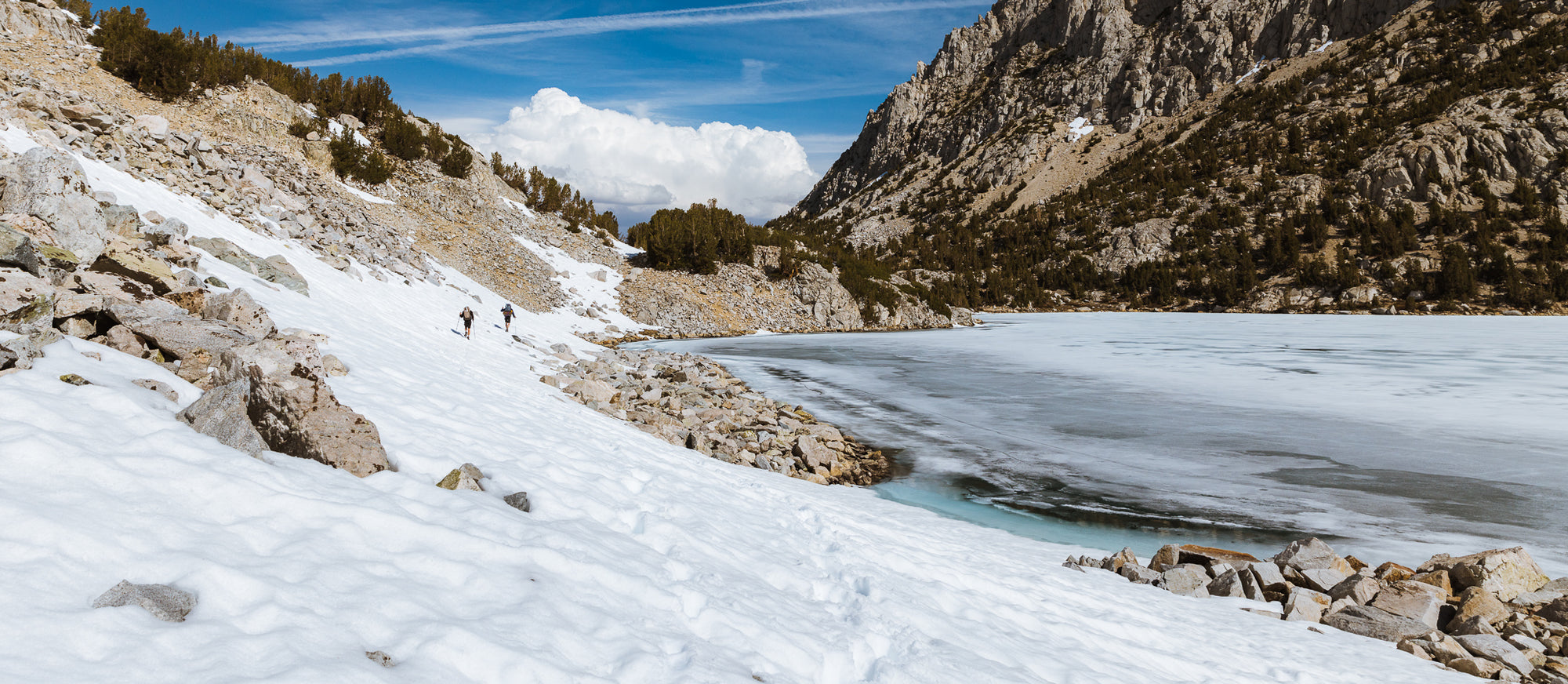
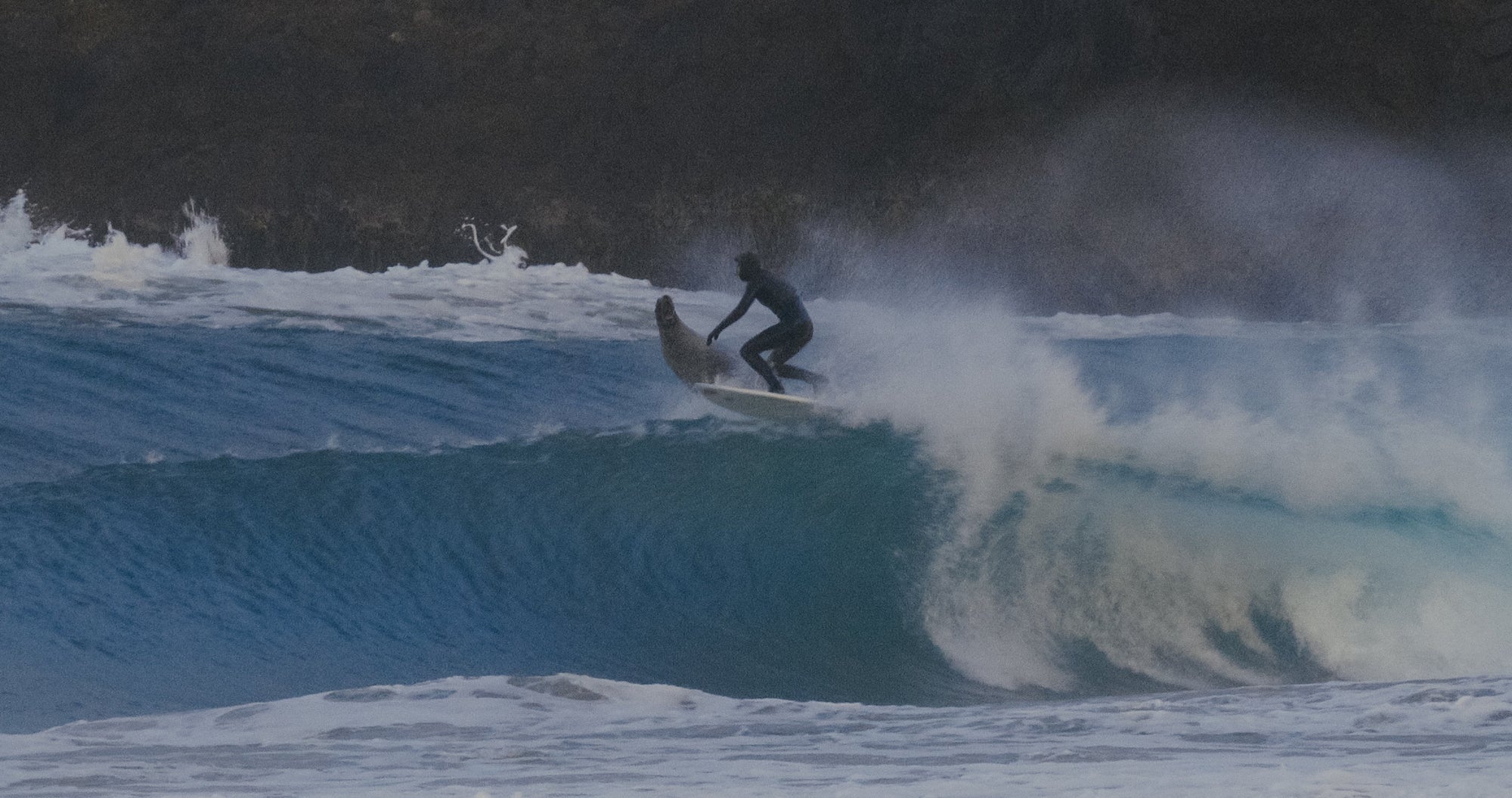
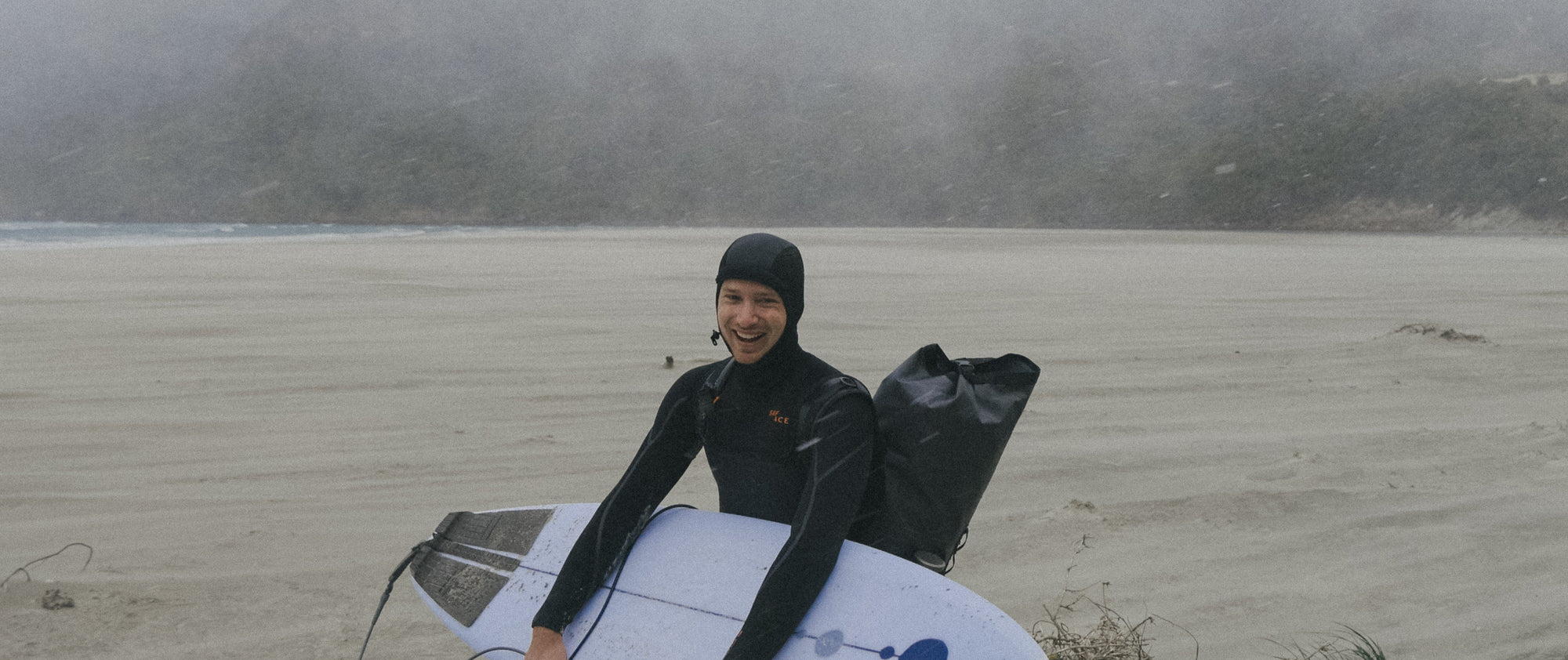
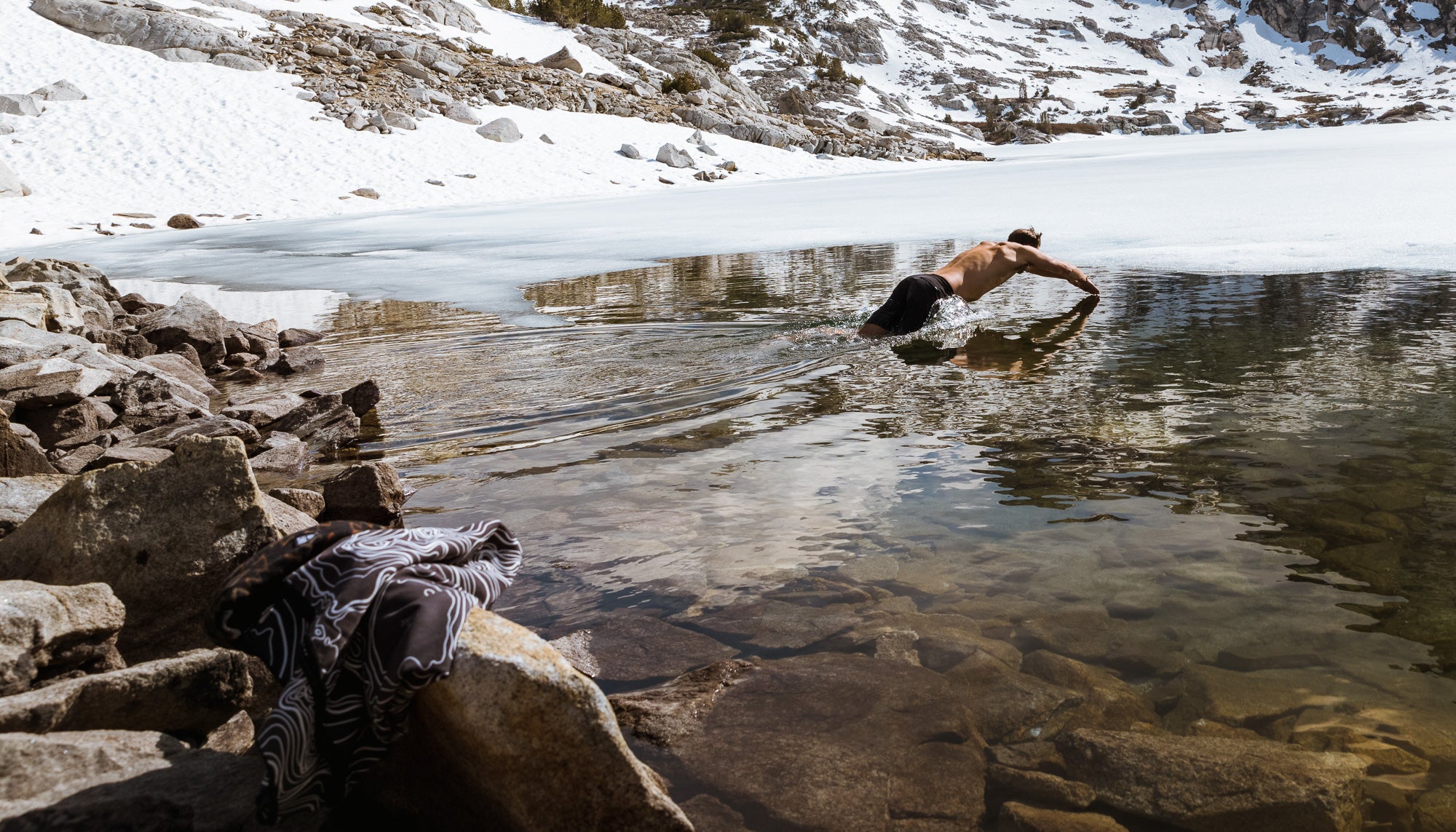
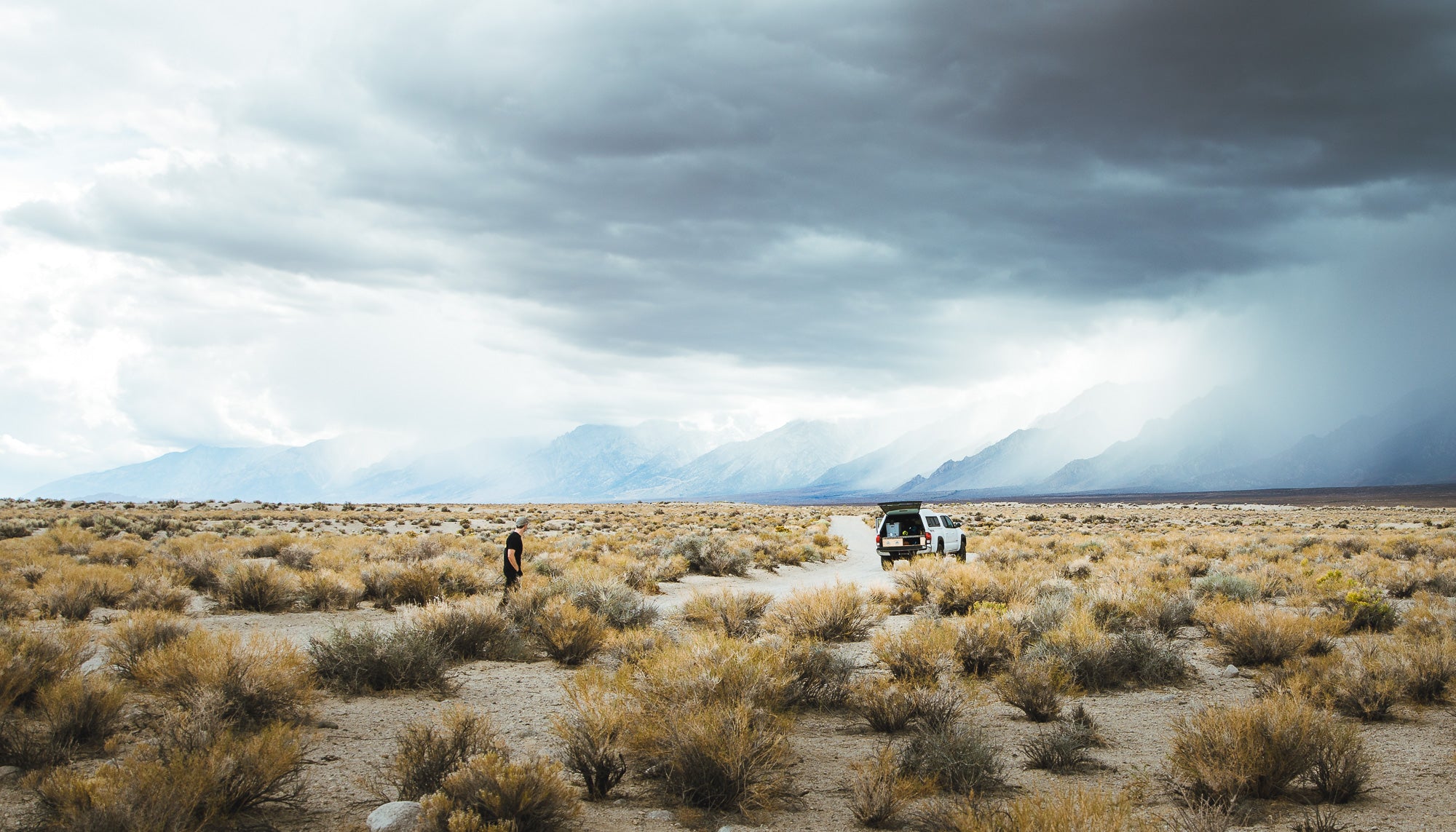
Comments
The tip that I take to heart from this article is It’s essential to make a detailed list. Items I’ve forgotten have been eating utensils & water purification systems. I think absentmindedly, I think because I’m a seasoned outdoorsman I just assume I have the necessities without a list. Which I now, always make a detailed list. With Spring here, I will be heading to Big Sur and Carmel Highlands California. This will be my first time there to hike, camp, and explore Central Cali. I’m really looking forward to it! Safe travels friends.
I like to keep my water bottle inside my sleeping bag to make sure it doesn’t freeze over! Also, trekking poles are a godsend in the spring—between solid and melting snow and pure mud, they have really gotten me through some messes.
Been homeless but never backpacking.Got some good tips.lol
My favorite tip was to make a detailed list of what you want to pack. This is very helpful. I save my list and then when I come home, I add or delete items to take on my next trip. A good list relieves a lot of anxiety
I live in Louisiana, so I need advice and correct outerwear to make the trip.
Great tips! There’s nothing like warm summit soup after a long PNW hike. We recently learned a hard lesson in tip #2 when we assumed roads near the oregon coast would be clear but they had received record breaking snowfall! One road closure led to a 45 min detour at night but we made it. Gotta check all the trip reports!
Great article, but always tell someone where you are going and maybe a check in point when possible especially if you your hiking alone.
Me need cup for coffee! lol
Being born and raised in Upper Michigan i always packed not knowing what the temps might be. Cold or Hot Raining and or snowing and at a moments notice. And pack snacks enough for everyone. Reading this article makes me want to plan another hiking trip and feel more confident with my packing. Thank you for the tips
Very informative life saving tips & info to get the fullest experiences !!! Thank you !!!